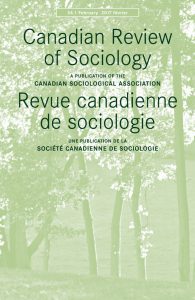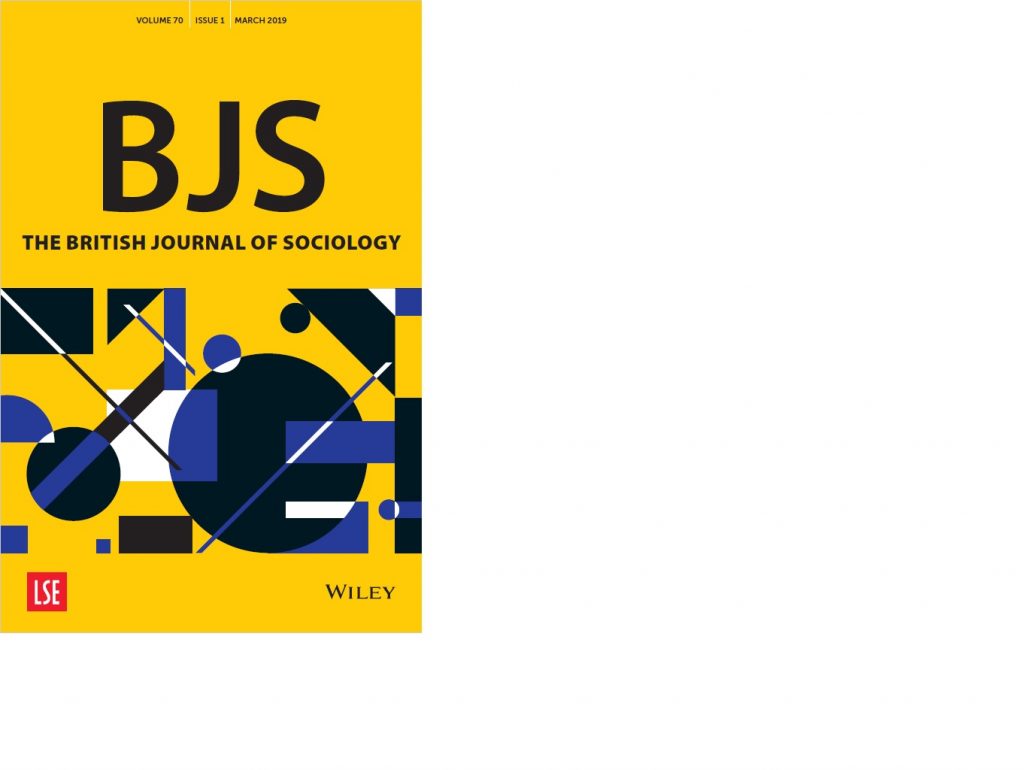The Sociology Classroom: Critical, Transformative, Radical? Part 2 of 3. Problems with Learner-Centered Models

Source: Brandizzi (Own work) [GFDL or CC-BY-2.5], via Wikimedia Commons.
[This article is the second in a series that explores theories behind critical/ radical/ transformative education in the sociology classroom, as well as its practice, problems and limits. The first article introduced some theories behind critical pedagogy, and its overall framework.]
Critiquing authors like Sweet who are seeking to implement Freirean ideals of student-centered learning in the sociology classroom, Kathryn Gaianguest (1998) argues that Sweet’s (1998) attempt to apply Freire’s ideas cannot simply be adapted to teaching the university classroom.The latter comes with its own rules and expectations that are not necessarily compatible with Freire’s pedagogy, which decidedly developed for those excluded and marginalized by the formal education system. Assuming that university students constitute an oppressed class – paralleling Freire’s conception – is questionable if not highly problematic.
Martha Gimenez (1998) critiques radical pedagogical approaches that want to turn the classroom into an embodiment of a future desired social order as misleading. Rather than being transformative, they can be seen as ultimately embracing the status quo because of their limited understanding of social structure and the role of educational institutions: It is simply naïve to think that pre-establishing a desired future society – that ultimately comes down to a simple negation of the status quo – in the classroom is possible. Rather, social change involves a dialectic process that preserves some aspects of the current system, transforms others and abandons yet others through a social practice of struggle and without a clear predefined status quo post. Moreover, believing that social relations could be changed voluntaristically by changing a single classroom ignores the dynamics and pressures of the institution and social structure more broadly. Not accounting for these dialectics makes Sweet’s conception of radical pedagogy nothing more than an act of role-playing that lets both professors and students imagine they are involved in radical social change while actually leaving the institution and social structure intact and engaging in business as usual. According to Gimenez, a radical commitment to education does not presuppose the so-called consistency between radical content and radical pedagogy – narrowly defined in a Freirean learner-centered way. Rather, learner-centered approaches may actually contradict the very goal of infusing students with radical thought by catering to students’ immediate needs, favoring instant gratification and eliminating challenging theory in favor of specialized shallow knowledges that produce single-issue activists at best – rather than radical thinkers and intellectuals – and that ends up reproducing individualistic, empiricist, ‘hands on’, anti-intellectual sentiments.
Spector as well calls for radical professors to apply Marxian dialectics not only to their research but also to their teaching and agrees with critiques of simplistic learner-centered approaches. Rather than feeding students facts in order to convince them of a particular perspective, he argues that seeing and struggling with contradictions is crucial for the learning process and is what enables the search for answers. Teachers therefore need to take seriously ‘wrong’ convictions and discuss the costs and benefits of holding on to them (and acknowledging the appeal of easy interpretations). In other words, professors should encourage inner struggles within the students and expose contradictions inherent in society – and the common-sense interpretations of it – rather than trying to impose the ‘right’ interpretation onto them. Moreover, learning is facilitated by struggle, which is why it is preferable to take an explicit stand rather than pretending to be simply presenting neutral facts.
As these critiques point out, radical pedagogy – if done right – has to move beyond a learner-centered approach that favors instant gratification and immediate curiosity over theory and more challenging material. This, of course, does not imply that reducing hierarchies and challenging business as usual is necessarily a bad version of radical pedagogy. However, it becomes problematic if radical pedagogy does not move beyond this model and is content with creating spaces that pretend that institutional and social structural pressures stop at the classroom door.
In the last part of this series, I will discuss some examples of how radical pedagogy has been implemented, institutional constraints towards instructors engaged in radical/ critical pedagogy and possible ways of balancing pedagogical commitments and institutional requirements. Stay tuned.
FURTHER READING:
bell hooks. 1994. Teaching to Transgress. Education as the Practice of Freedom. New York: Routledge.
Freire, Paulo. 2007. Pedagogy of the Oppressed. New York: Continuum.
Spector, Alan. Marxist Pedagogy as a Process. ASA TRAILS: Marxist Perspectives Modul 58.




1530-2415/asset/SPSSI_logo_small.jpg?v=1&s=703d32c0889a30426e5264b94ce9ad387c90c2e0)
